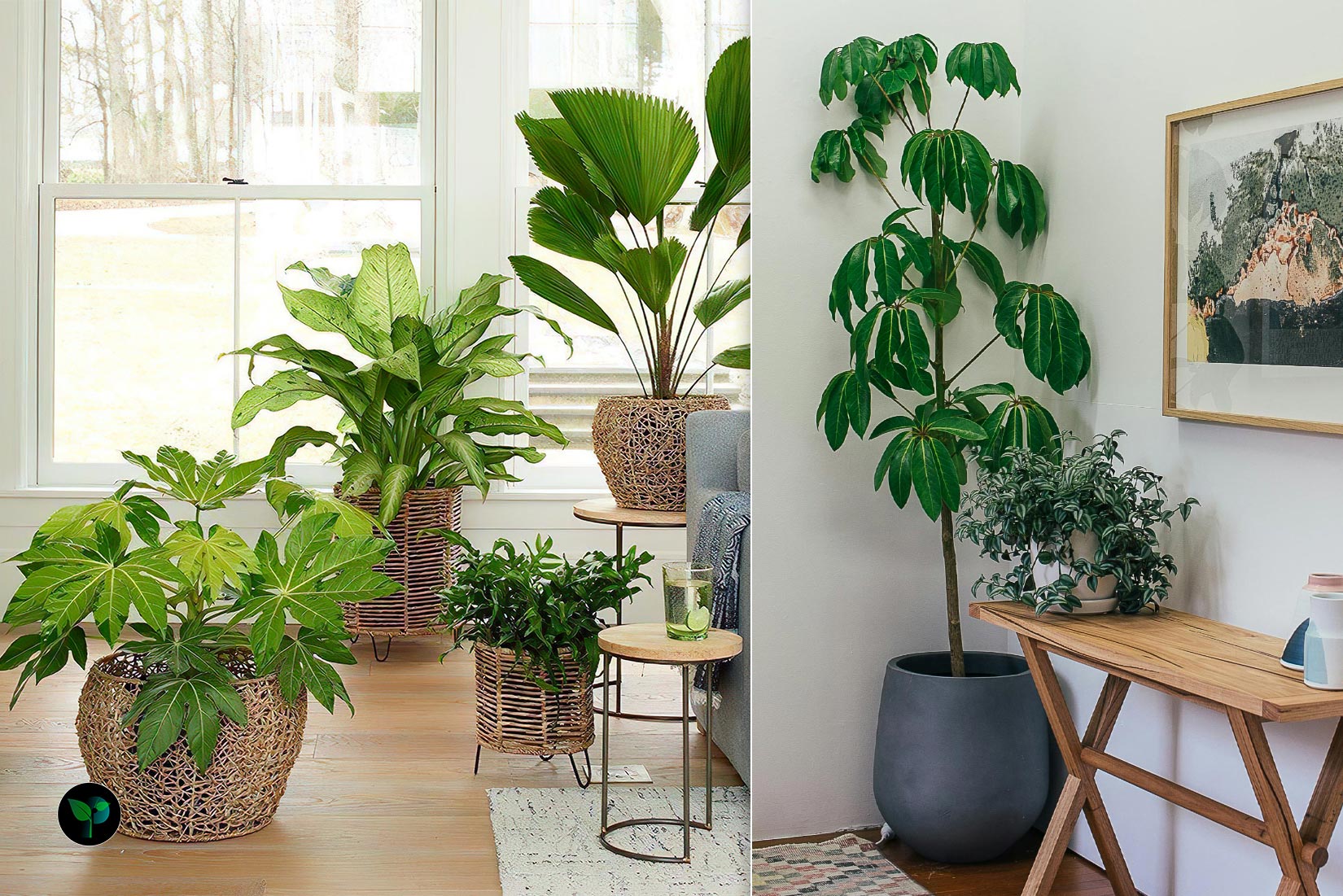Hello plant enthusiasts and green aficionados! Prepare to embark on a fascinating exploration of the enchanting world of shrub plants on PlantsFolder. Our latest post delves deep into the essence of shrubs, uncovering their unique characteristics, diverse types, and multifaceted uses that make them essential elements in gardens and landscapes.
Shrubs are woody plants that are smaller than trees and have multiple stems arising from the base. They are a diverse group of plants with varied sizes, shapes, and characteristics.

Characteristics
Size
Shrubs are smaller than trees, typically ranging from a few feet to several meters in height. They have multiple stems that arise from the base of the plant, creating a bushy or compact structure.
Woody Stems
They have woody stems and branches that provide structural support and durability. The woody nature of these plants distinguishes them from herbaceous plants such as grasses and flowers.
Leaves
They exhibit a wide variety of leaf shapes, sizes, colors, and textures. The foliage of them can be evergreen, semi-evergreen, or deciduous, depending on the species.
Flowers and Fruits
Many shrubs produce colorful flowers, adding ornamental value to gardens and landscapes. Some shrubs bear fruits, providing food for wildlife and adding seasonal interest to the plant.
Root System
They generally have fibrous and extensive root systems that contribute to soil stabilization and erosion control. The root systems of them play a crucial role in nutrient uptake and water absorption.
Adaptability
These plants exhibit a wide range of adaptations to various environmental conditions, including sun exposure, soil types, and moisture levels. They can thrive in diverse climates, from arid deserts to temperate forests.
Functions
They serve multiple functions in landscaping, including providing privacy screens, windbreaks, and habitats for wildlife. They are used for ornamental purposes, erosion control, and defining garden boundaries.
Growth Habit
These plants can have different growth habits, such as upright, spreading, weeping, or compact, contributing to their aesthetic appeal and versatility in design.
Maintenance
They require regular pruning to maintain shape, promote new growth, and remove dead or damaged branches. Proper care, including watering, feeding, and mulching, helps shrubs thrive and remain healthy.
Uses of Shrubs
Ornamental Purposes
They are widely used in landscaping to enhance the visual appeal of gardens, parks, and public spaces. They provide structure, color, and texture to outdoor landscapes, creating depth and interest in garden designs.
Privacy Screens
Tall, dense shrubs are often planted to create natural privacy screens, hedges, or boundaries around properties. They act as visual barriers, noise buffers, and windbreaks, enhancing the privacy and comfort of outdoor spaces.
Wildlife Habitat
They provide food, shelter, and nesting sites for birds, insects, and small mammals, supporting biodiversity in gardens and natural habitats. Native plants play a crucial role in ecosystem health by attracting pollinators and beneficial wildlife species.
Erosion Control
The extensive root systems of these plants help stabilize soil, prevent erosion, and reduce runoff in sloped or vulnerable areas. Shrubs with deep roots anchor the soil, improving its structure and reducing the risk of landslides or soil degradation.
Windbreaks
Planting shrubs in rows or clusters can create effective windbreaks that reduce wind speed, protect crops or delicate plants, and create microclimates. Windbreaks kinds help minimize wind damage, conserve soil moisture, and enhance agricultural productivity.
Seasonal Interest
Flowering plants like azaleas, rhododendrons, and hydrangeas provide seasonal color and beauty in gardens, adding visual interest throughout the year. Fruiting kinds such as blueberries, raspberries, and elderberries offer edible harvests and attract wildlife with seasonal fruits.
Landscaping Features
They are used to define garden borders, create focal points, and add structure to landscape designs. Evergreen shrubs provide year-round interest and act as foundation plants in garden beds or mixed borders.
Aromatic Gardens
Fragrant shrubs like lavender, rosemary, and jasmine are grown for their delightful scents, adding sensory appeal to gardens and outdoor spaces. Aromatic ones can be used for aromatherapy, herbal remedies, and relaxation in garden settings.
Types of Shrubs
Flowering Shrubs
Rose (Rosa): Prized for their fragrant blooms and various colors, roses are classic flowering shrubs in many gardens.
Hydrangea: Known for their large clusters of colorful flowers that can change colors based on soil pH.
Azalea and Rhododendron: Native to Asia, these offer vibrant flowers in a wide range of colors.
Evergreen Shrubs
Boxwood (Buxus): Popular for hedging and topiary, boxwoods are dense, evergreen shrubs with small leaves.
Yew (Taxus): Slow-growing evergreens with dark green needles and red berries, prized for their ornamental value.
Juniper (Juniperus): A diverse group of evergreen plants and trees with needle-like or scale-like foliage.
Deciduous Shrubs
Spirea: Deciduous plants with clusters of small flowers that bloom in various colors.
Forsythia: Early blooming ones produce bright yellow flowers that signify the arrival of spring.
Weigela: Known for their tubular flowers in shades of pink, red, or white on arching branches.
Fruit-Bearing Shrubs
Blueberry (Vaccinium): Produce edible berries high in antioxidants, known for their health benefits.
Blackberry (Rubus): Thorny shrubs producing sweet, dark berries enjoyed fresh or in desserts.
Currant (Ribes): Multi-stemmed plants with clusters of red, black, or white currants used in jams and desserts.
Native Shrubs
Serviceberry (Amelanchier): Native to North America, these offer delicate white flowers and edible berries.
Buttonbush (Cephalanthus): Wetland plants with unique spherical flowers that attract butterflies and birds.
Winterberry (Ilex): Deciduous holly ones with bright red berries that persist through winter.
Dwarf Shrubs
Dwarf Korean Lilac (Syringa meyeri ‘Palibin’): Compact lilac shrubs ideal for small gardens and containers.
Dwarf Japanese Garden Juniper (Juniperus procumbens ‘Nana’): Low-growing evergreen plants perfect for rock gardens.
Dwarf Fothergilla (Fothergilla gardenii): Small deciduous types with fragrant white blooms and colorful fall foliage.



Leave a Reply